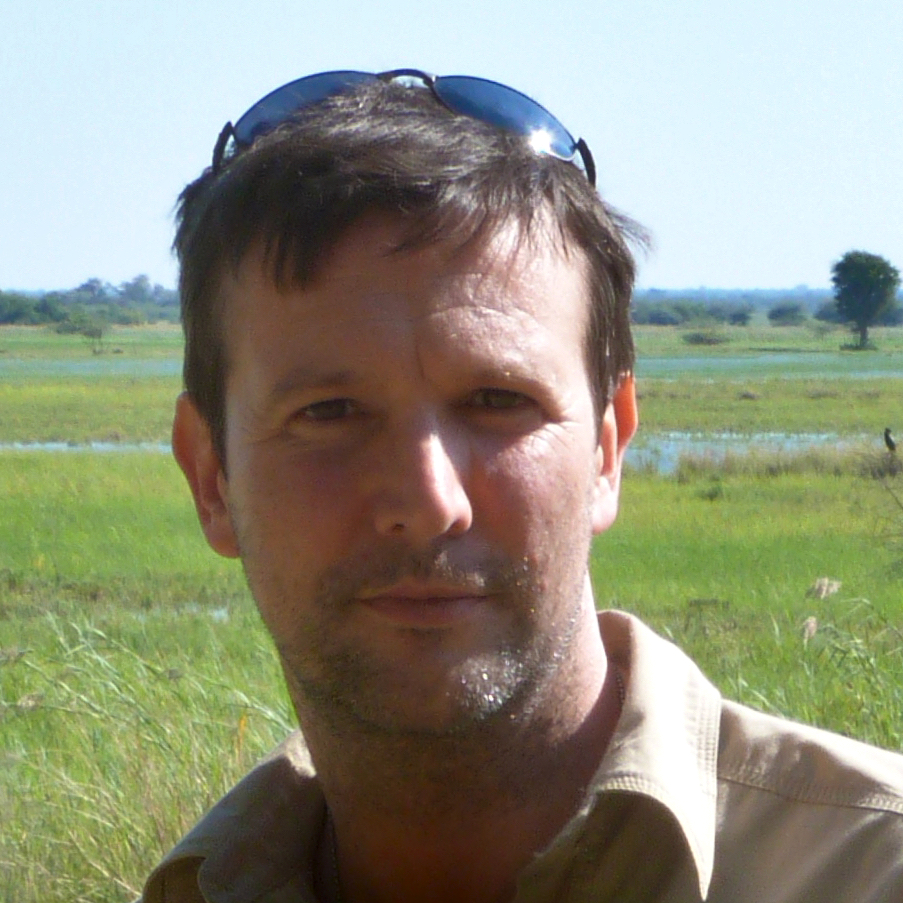Professor Simon Underdown
BSc, PCTHE, PhD (Cantab), CSciTeach, FSA, FRSB, FRGS, FRAI, FCPS, SFHEA
Professor of Biological Anthropology
School of Social Sciences

Role
Research
Centres and institutes
Groups
Projects
- Human-Disease Co-Evolution in Deep Time
Projects as Principal Investigator, or Lead Academic if project is led by another Institution
- DNA and The Ancient Flora of Oman: A Research and Training Partnership (01/01/2021 - 31/12/2023), funded by: The Anglo-Omani Society, funding amount received by Brookes: £45,000
- sedaDNA, Environmental Changes and Demography In Oman (01/09/2019 - 31/07/2024), funded by: Society of Antiquities of London, funding amount received by Brookes: £14,907
